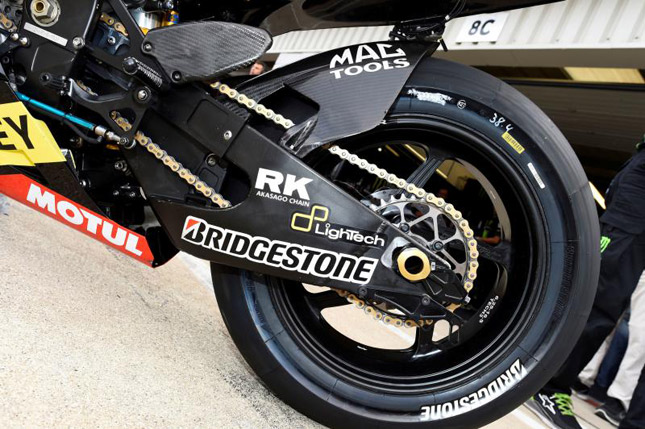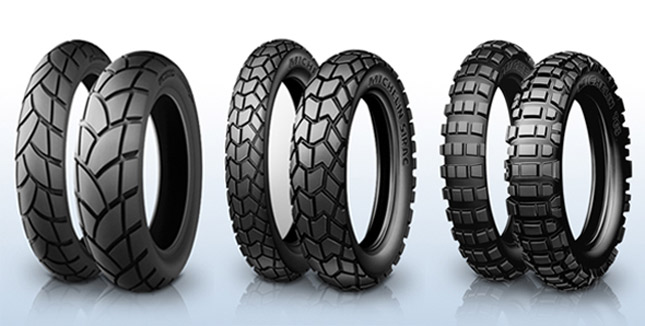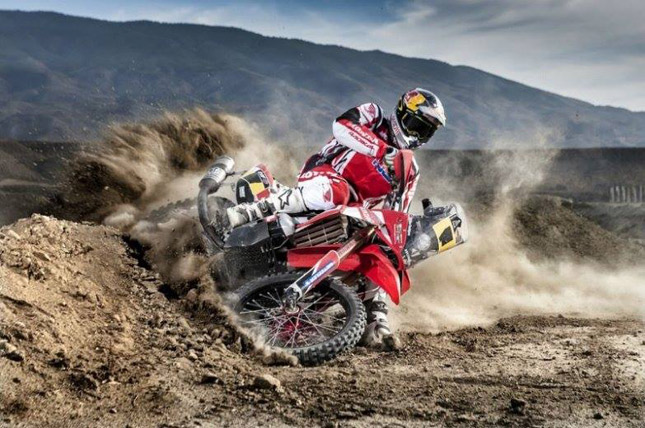 Why are some tyres more grippy than others? This is a very good question and a must to be asked when choosing tyres for your bikes. The better the tyre grip the more fluent corners you can pull off the bike. That also means less skidding and more wet grip as well. So how to choose the proper tyre for your bike? Well the answer for that lies in the compound of the tyres.
Why are some tyres more grippy than others? This is a very good question and a must to be asked when choosing tyres for your bikes. The better the tyre grip the more fluent corners you can pull off the bike. That also means less skidding and more wet grip as well. So how to choose the proper tyre for your bike? Well the answer for that lies in the compound of the tyres.READ MORE: All You Need To Know About Your Motorcycle Tyres
When you consider it in terms of racing, there are a total of 7 types of tyres ranging from super soft to soft, medium, hard, intermediate, wet and asymmetric types. But for the real world roads, there are only three types of tyres that are available in the market and those are all we need. The tyres we use are not specific tyres and they have to be all purpose tyres which are useful in more than one, rather all circumstances. That means the tyres have to be grippy for the road and also provide optimal wet road grip. There could be occasional off-roading well which the tyres should be able to handle.
 Hence the tyres we get in the market are of only 3 types, Soft, Medium and Hard compound tyres. They all get treads and do not come in slick format for optimal wet grip as well. So what are these types of tyres and how good or bad are they? The answer of the question is as follows:
Hence the tyres we get in the market are of only 3 types, Soft, Medium and Hard compound tyres. They all get treads and do not come in slick format for optimal wet grip as well. So what are these types of tyres and how good or bad are they? The answer of the question is as follows:Soft Compound Tyres:
These are the tyres with the most amount of grip on them. When the tyres get on the wheel and on the road, they heat up pretty quickly. This allows for the rubber in the tyres to attain efficiency quickly and hence provide a lot of grip which allows one to travel a lot faster. But the issue here is the tyres do not last as much. So if you have a bike with a soft compound tyre on it, you can check yourself that the bike is handling its best ever, but you will get to the end of tyre life a lot quicker, sometime between 12,000 – 15,000 kilometers. If you happen to ride the bike a lot sanely then this number can go up, but overall this is what is to be expected. Such tyres can be seen only on the superbikes you get as they need those specialized tyres on road. Do not expect your commuter bikes to come equipped with soft compound tyres.
Medium Compound Tyres:
These are the tyres that are mostly found on middleweight sports bikes on the road. The bikes have the ability to coast in the triple digits for prolonged periods; why there is a need for softer compound tyres, but most of the time is spent puttering around the city which is why the medium compound tyres come handy to provide a proper mix of grip and a longer life. Medium compound tyres last easily for 20,000 kilometers plus, even up to 25,000 kilometers sometimes. They are the ideal tyres when it comes to normal riding and do not eat into your pocket as well.
READ MORE: Motorcycle Tube Tyres Vs Tubeless Tyres
Hard Compound Tyres:
These tyres are the ones preferred on the basic commuter bikes. The reason being the bikes are always puttering around in the city at lower speeds and the hard compound provides enough grip to the tyres for proper use. Some light sports bikes too come with hard compound tyres for longer lasting life but they are not really ideal for them and this shows in the handling of the bike where the tyres tend to skid and cornering on the bike or riding fast on it is not much inspiring. But other than that the biggest advantage is the tyres last a really long time. The tyres have an average life of over 25,000 kilometers easy. Some hard compound tyres have lasted up to 35,000 kilometers as well.
These are the tyres with the most amount of grip on them. When the tyres get on the wheel and on the road, they heat up pretty quickly. This allows for the rubber in the tyres to attain efficiency quickly and hence provide a lot of grip which allows one to travel a lot faster. But the issue here is the tyres do not last as much. So if you have a bike with a soft compound tyre on it, you can check yourself that the bike is handling its best ever, but you will get to the end of tyre life a lot quicker, sometime between 12,000 – 15,000 kilometers. If you happen to ride the bike a lot sanely then this number can go up, but overall this is what is to be expected. Such tyres can be seen only on the superbikes you get as they need those specialized tyres on road. Do not expect your commuter bikes to come equipped with soft compound tyres.
Medium Compound Tyres:
These are the tyres that are mostly found on middleweight sports bikes on the road. The bikes have the ability to coast in the triple digits for prolonged periods; why there is a need for softer compound tyres, but most of the time is spent puttering around the city which is why the medium compound tyres come handy to provide a proper mix of grip and a longer life. Medium compound tyres last easily for 20,000 kilometers plus, even up to 25,000 kilometers sometimes. They are the ideal tyres when it comes to normal riding and do not eat into your pocket as well.
READ MORE: Motorcycle Tube Tyres Vs Tubeless Tyres
Hard Compound Tyres:
These tyres are the ones preferred on the basic commuter bikes. The reason being the bikes are always puttering around in the city at lower speeds and the hard compound provides enough grip to the tyres for proper use. Some light sports bikes too come with hard compound tyres for longer lasting life but they are not really ideal for them and this shows in the handling of the bike where the tyres tend to skid and cornering on the bike or riding fast on it is not much inspiring. But other than that the biggest advantage is the tyres last a really long time. The tyres have an average life of over 25,000 kilometers easy. Some hard compound tyres have lasted up to 35,000 kilometers as well.
 Other than that if you happen to be going on road touring, then sometimes hard compound tyres come handy because they can handle a bit of rough terrain as well and do not get deteriorated easily unlike soft and medium compound tyres. Also the highway rides are a breeze since the tyres are resistant to punctures as well while the other get punctured easily by every small piece of pointy material on the road. So there are two sides to everything.
Other than that if you happen to be going on road touring, then sometimes hard compound tyres come handy because they can handle a bit of rough terrain as well and do not get deteriorated easily unlike soft and medium compound tyres. Also the highway rides are a breeze since the tyres are resistant to punctures as well while the other get punctured easily by every small piece of pointy material on the road. So there are two sides to everything.READ MORE: How About Radial Tyres On Your Motorcycles?
So if you are in a fix of which tyre to get for your bike, you should consider your usage, budget and the bike you have to get the best tyres for your machine. So make sure you get proper tyres and hit us below in the comments if you have any more queries or help required; and stay tuned to BikesIndia for everything about 2 wheels.
By: Pratik Patole











